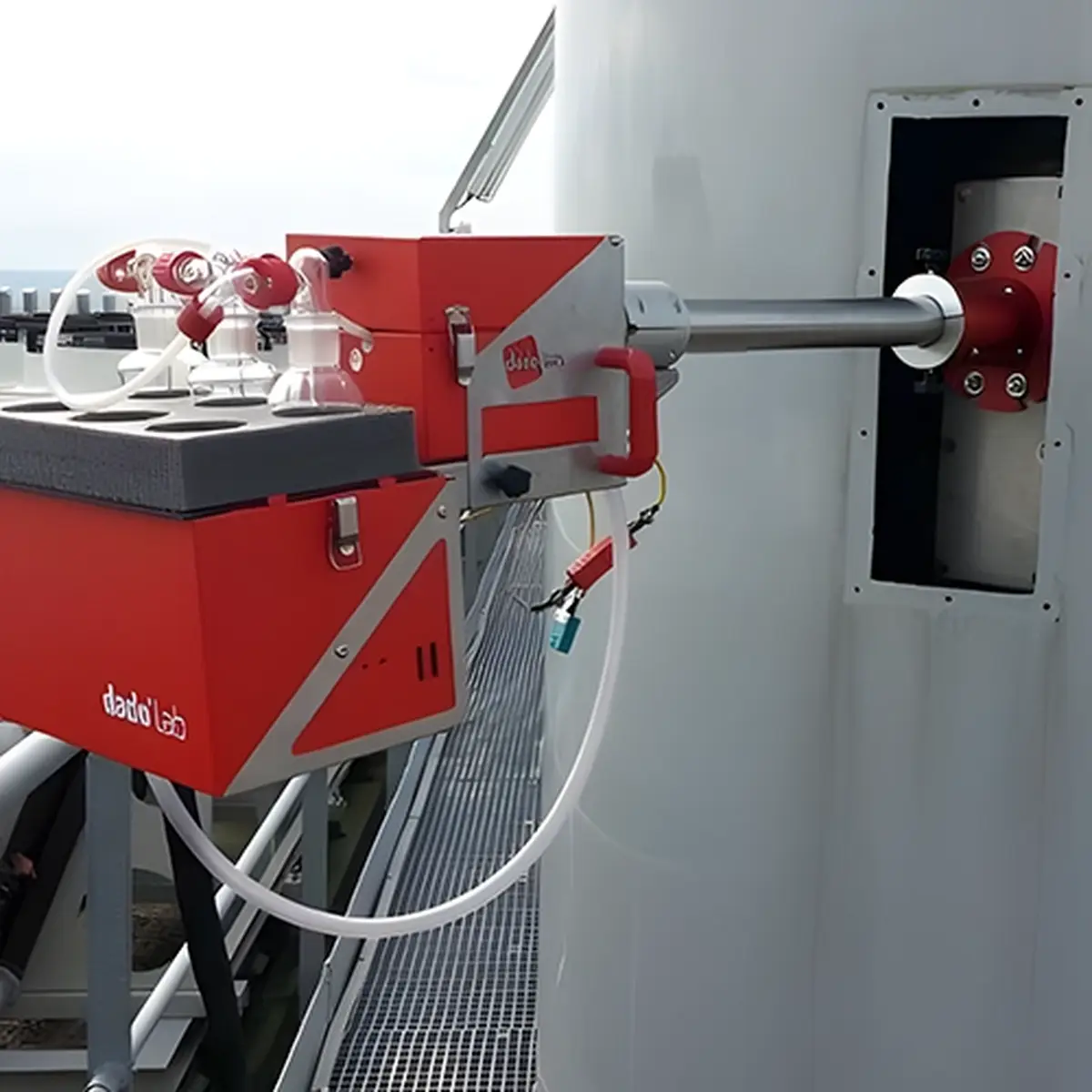
Design, Delivery and Installation
Engineering and Instrumentation for Gas and Dust Measurements in the Processes, Emissions and Environment

We propose the right solution for all kinds of applications in the field of process monitoring, process optimization, safety and emission monitoring. We are your partner, not only for supply of components and products in gas and dust analysis, but we can deliver complete customised measurement systems.
Our company specialises in the periodic preventive maintenance of gas analysers, dust analysers and detection systems. Our workshops are fully equipped to handle these repairs, but for stationary systems, we offer on-site services to ensure convenience. All our calibrations are traceable to standards. We are also able to conduct tests for clients in the field of response time, linearity and cross-interference, including supporting AST (Annual Surveyance Test).
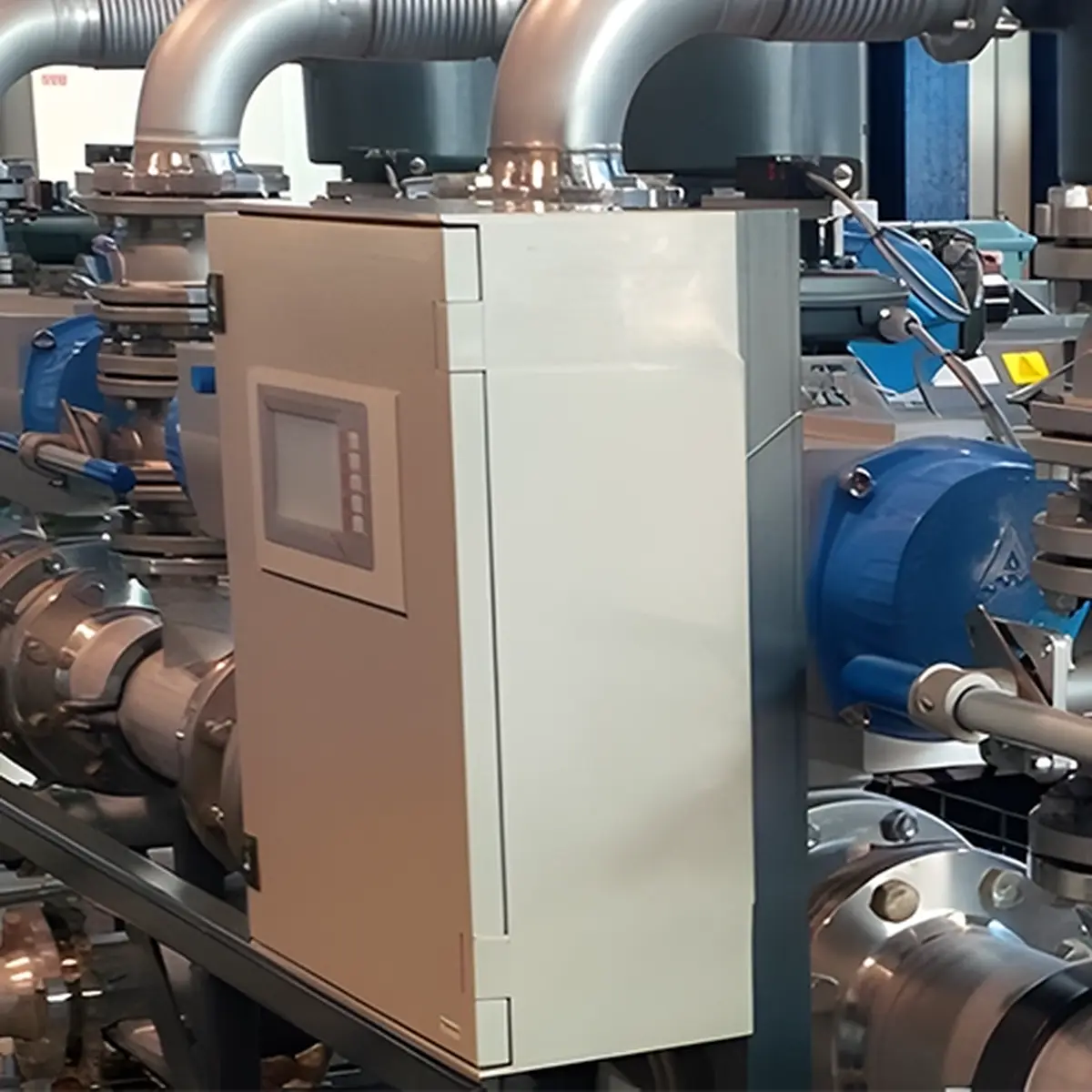
Turn-Key
Ravebo Designs and Supplies Tailor-Made Sampling and Analysis Systems

Based on the process data, environmental conditions and the desired output, we can provide a complete analyser system. We assess the most suitable analysis techniques, sample conditioning, and data acquisition for your analyser system.
Read more...Applied techniques
A selection of technologies we apply for gas and dust measurement solutions
Dust measurements
Technologies we apply in solutions for gas and dust measurements.
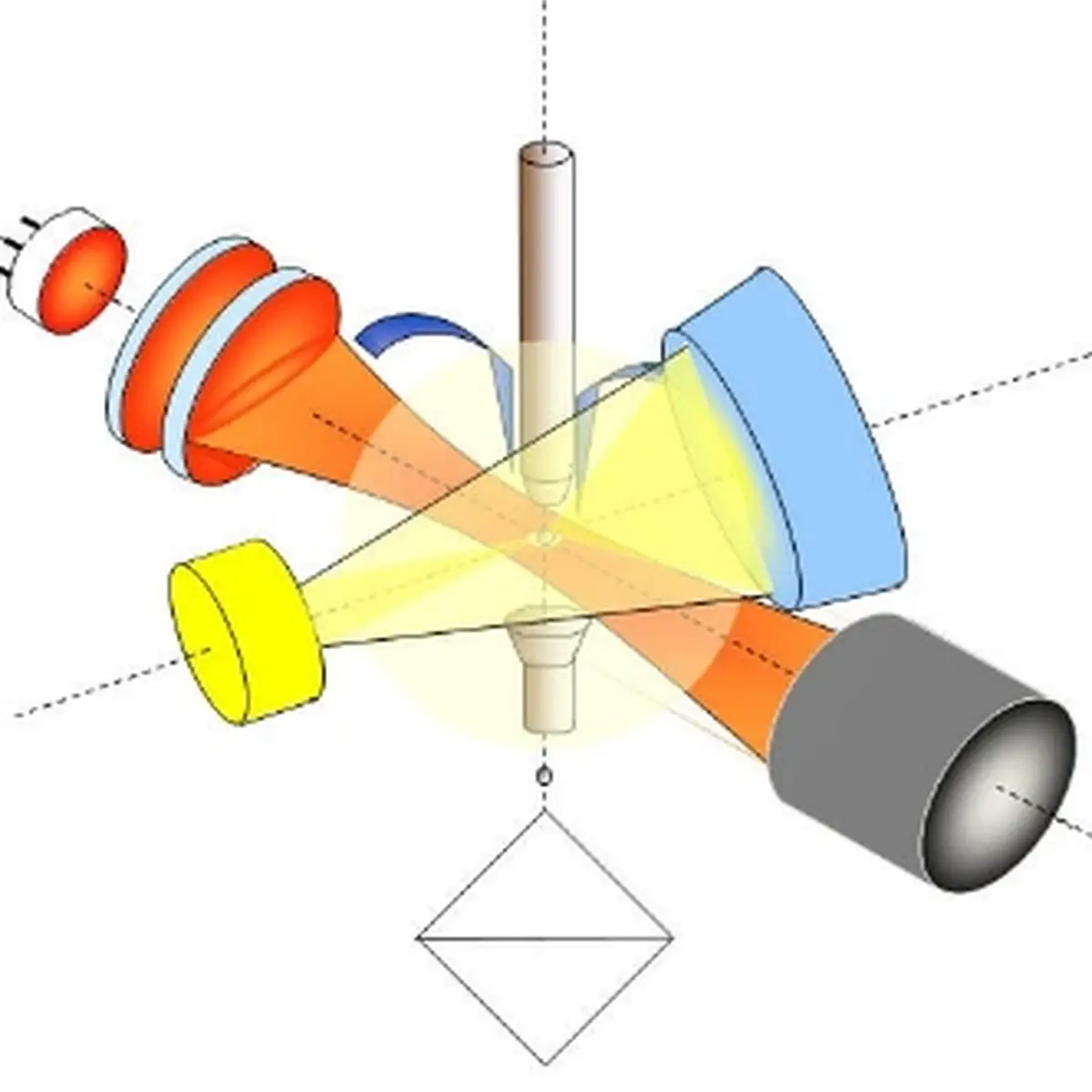
Tribo-electric dust probe
So-called tribo-probes make use of the fact that when particles come into contact with them, the probe becomes electrically charged. This results in current signals that are converted into an output proportional to the amount of dust. Assuming a fixed flow rate or in combination with flow measurement, the dust concentration can be monitored. These probes require little maintenance and are robust.
Optical dust probes and monitors
Optical measuring systems use the fact that dust scatters and absorbs light. By placing a detector, the dust concentration can be derived through an opacity measurement or a measurement of the degree of scattering. Optical monitors are available as very accurate analysers for monitoring fine dust concentrations.
Oxygen
Measurement principles for analysing oxygen in gases
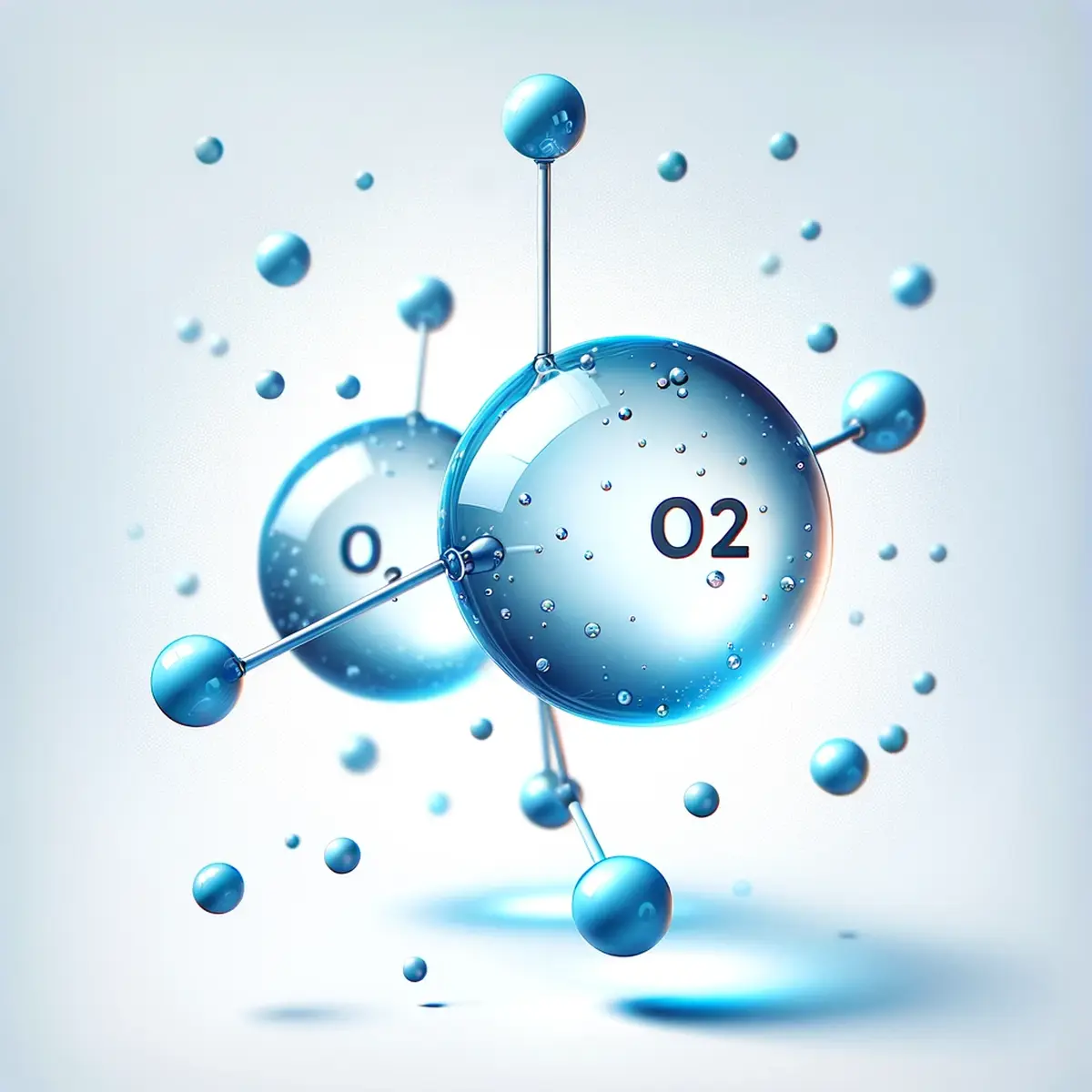
Oxygen
Oxygen concentration is one of the most common parameters in gas measurements — whether in processes, emissions, or workplaces such as confined spaces. For oxygen measurements, we deploy the right technology for the right application. The techniques we apply for oxygen monitoring are: Electrochemical cells (EC), Paramagnetic cells, and Zirconia cells (ZrO2).
Electrochemical cells
Electrochemical cells are widely used for detecting oxygen or toxic gases. These cells function like a battery. The gas to be measured reaches an electrolyte via a membrane. Reactions occur in the electrolyte, creating a voltage difference between the anode and the cathode. This correlates with the gas concentration.
Paramagnetic cells
Paramagnetic cells use the fact that oxygen is attracted to a magnetic field. In such a cell, oxygen molecules are drawn into the field, causing a mirror to rotate. The position change of the mirror is optically measured and serves as an indication of the oxygen concentration.
Zirconia cells
Technically these are zirconium dioxide sensors. Zirconium dioxide allows oxygen ions to pass through at high temperatures. Using a known reference gas, ion transport is converted into a value for the oxygen concentration.
Infrared
Analysis techniques based on infrared light absorption
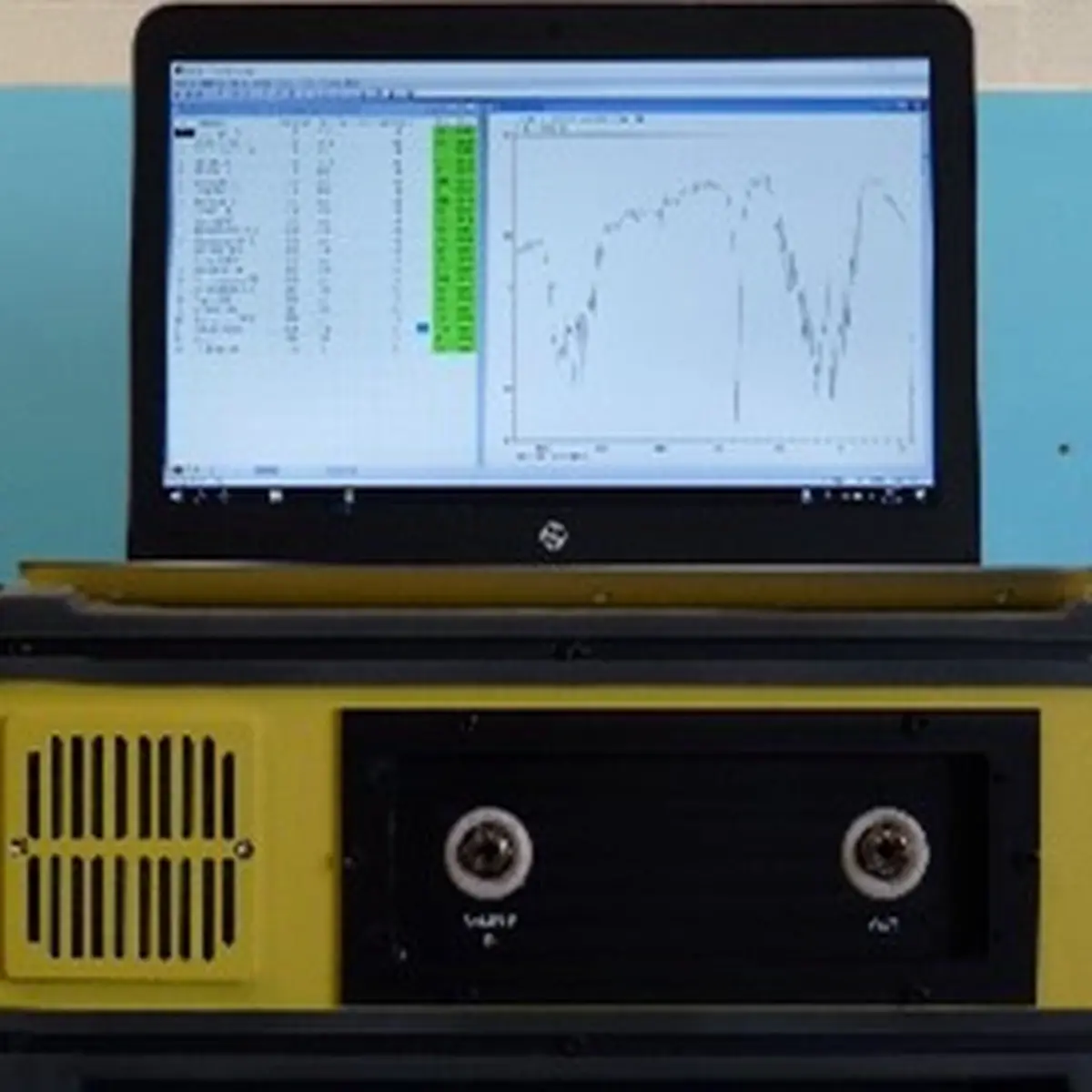
NDIR (Non Dispersive Infra Red)
The NDIR analyser is a photometer that works at one specific wavelength in the infrared spectrum. By correctly selecting the wavelength, specific gas concentrations can be determined very selectively. A detector measures the extinction, which correlates to the gas concentration. The path length of the light beam is important for the measurement range of the cell.
FTIR (Fourier Transformation Infra Red)
This technology allows both quantitative and qualitative multi-gas analysis. Unlike NDIR, FTIR uses the entire infrared spectrum. It also uses an interferometer. The result is an interferogram across the spectrum, to which a Fourier analysis is applied, enabling the identification and quantification of multiple gas components — and to some extent, even unknown gases.
VOCs
Detection and analysis of Volatile Organic Compounds in gases
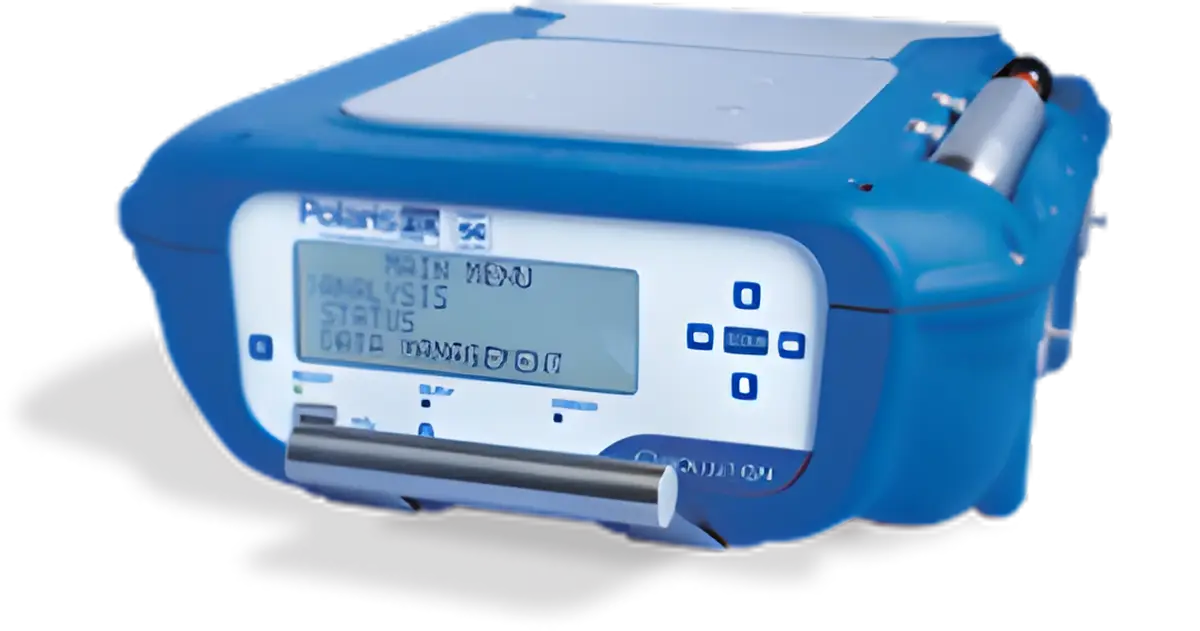
PID (Photo Ionisation Detection)
Hydrocarbon molecules are ionised using UV light of a specific energy. This produces an electric current between anode and cathode, which correlates to concentration. PID technology is commonly used in gas detection and environmental monitoring. Nowadays, very low VOC concentrations can be measured using this technique.
FID (Flame Ionisation Detection)
The Flame Ionisation Detector is more sensitive to hydrocarbons than the PID. It is used for measuring total hydrocarbons and is the standard reference method for emission measurements. The gas sample passes through a hydrogen flame, generating ions that are collected on a plate. The resulting current is proportional to the carbon atom concentration. More information about using a portable FID analyser can be found here: FID emission measurement and Portable FID analyser
Gas detection
Fixed gas detection systems for your safety
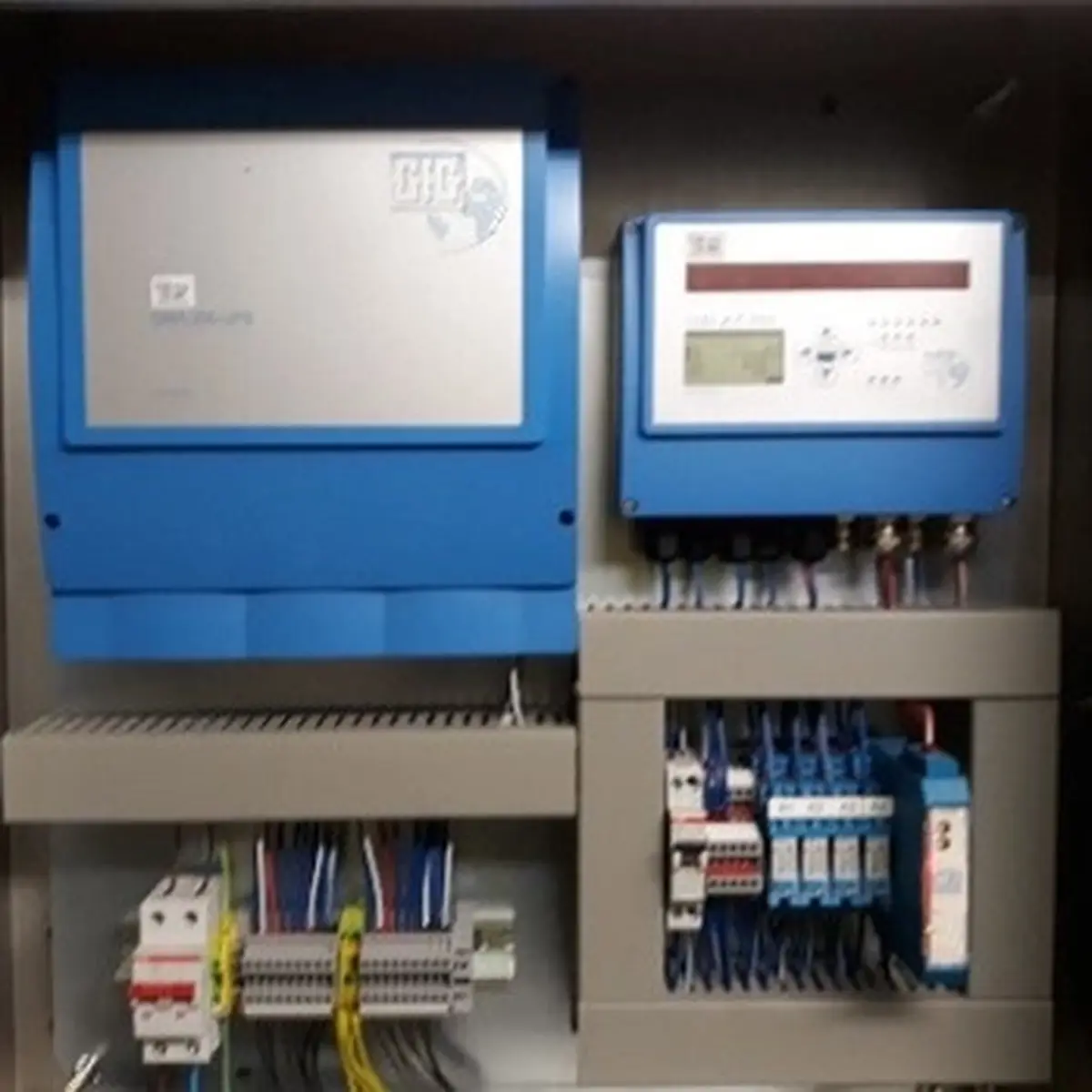
The goal of fixed gas detection is to provide an alarm when potentially hazardous gas concentrations are detected. This includes monitoring toxic gases or checking oxygen levels in enclosed spaces. Detection systems may include gas transmitters and controllers.
Gas Detection Transmitter
A gas detection transmitter typically runs on 24VDC and can output digital and/or analog signals. It contains the sensing cell — often electrochemical for oxygen or toxic gases. Other technologies like metal oxide or infrared may also be used.
Gas Detection Controller
Controllers are useful for powering and reading transmitters, configuring the system, and managing safety outputs. Relay outputs from the controller allow you to trigger alarms or take action when thresholds are exceeded.
You can find an overview of our applications hereSampling
Sampling of dust and gases in processes, ambient air, and emissions
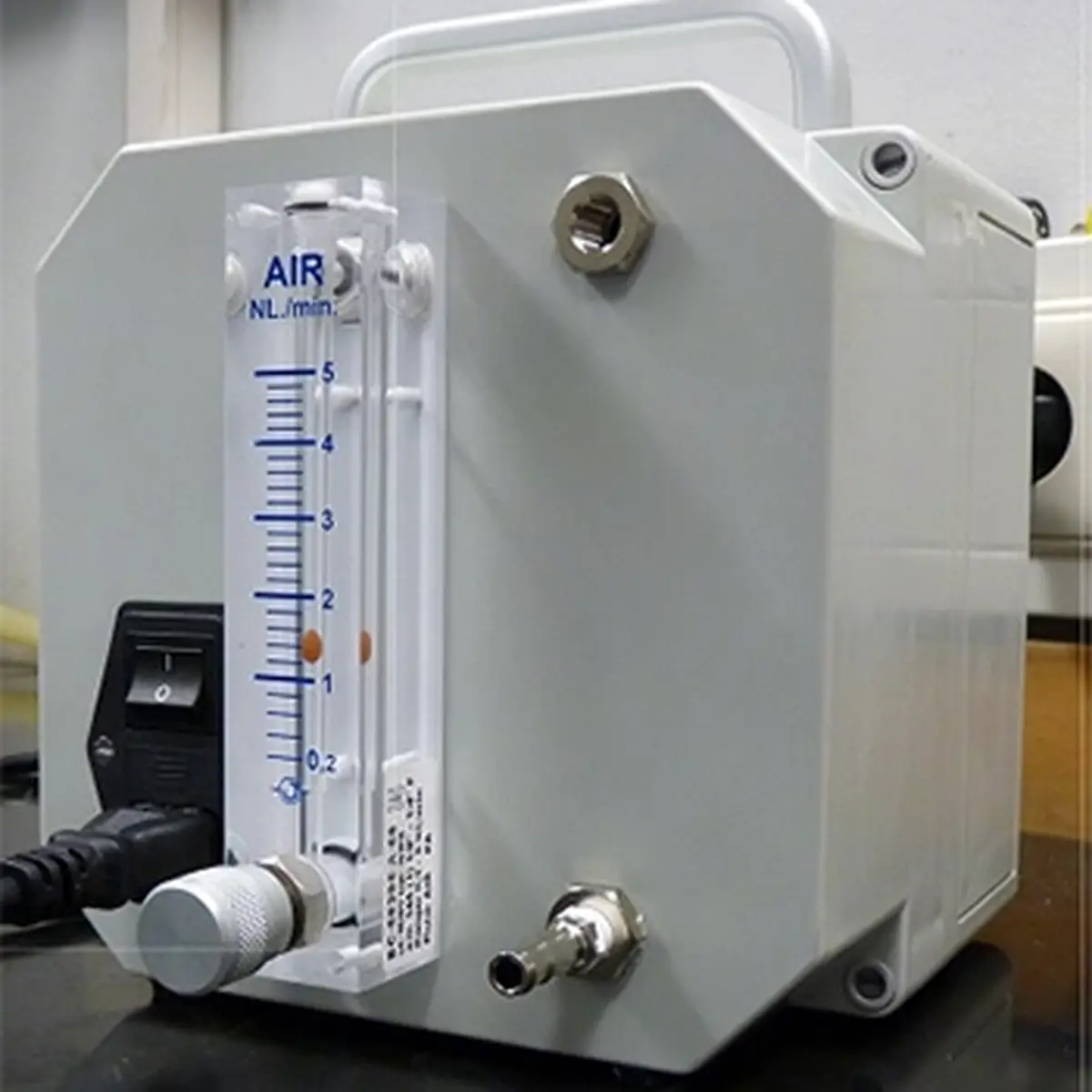
Not all substances and components can be measured directly online. In those cases, samples need to be taken and analysed in a laboratory. Sampling may be necessary for quality control, permit requirements, or process management during startup or shutdown.
Specialisation
We can advise and supply the necessary equipment for all kinds of sampling applications. For process sampling, we offer gas sampling bags (such as Tedlar and multi-foil bags), manufacture sampling lungs, and provide sampling pumps. If absorption sampling is needed, we can advise on pumps, gas washing bottles or absorption tubes, filter holders, and probes.
More information about gas sampling bags can be found here: gas bagsFor emission measurements, we have extensive experience and gladly advise you on our possibilities for isokinetic sampling equipment and accessories.
You can read more about our solutions in Flow measurement and isokinetic sampling and advanced isokinetic samplingFor occupational measurements, personal air sampling, and workplace sampling, we provide a complete range of pumps, calibrators, and sampling media. More info: workplace sampling

Blog & News
Measurement Department Publications

Blog posts and current activities from the measurement department, our products, projects and much more
Read more...Get in touch with one of our specialists
Ravebo stands for sustainable cooperation with its clients. Both within Ravebo and with our manufacturers, we work with short and direct lines — and that’s practical! We are happy to get started with your request for your application in measuring and monitoring dust and gases.
